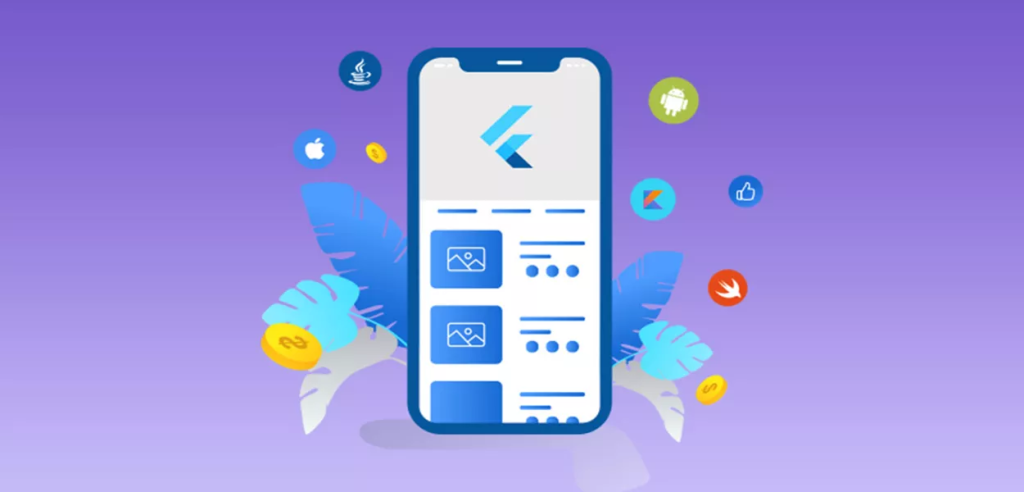In the world of mobile app development, security is paramount. One of the primary concerns for developers is to protect their Flutter applications from reverse engineering. Reverse engineering can expose your app’s sensitive information, intellectual property, and vulnerabilities. In this comprehensive guide, we will explore various techniques and coding examples to help you safeguard your Flutter applications against reverse engineering.
Obfuscation
Obfuscation is a technique used to make your Flutter code more challenging to understand by renaming variables, functions, and classes into non-descriptive names. This makes it harder for malicious actors to decipher your app’s logic. Flutter provides the flutter_obfuscate package to automate this process.
// Before obfuscation
String sensitiveData = "my_secret_data";
// After obfuscation
String a = "m";
String b = "y";
String c = "_s";
String d = "e";
String e = "c";
String f = "r";
String g = "e";
String h = "t";
String i = "_d";
String j = "a";
String k = "t";
String l = "a";
String sensitiveData = a + b + c + d + e + f + g + h + i + j + k + l;Code Splitting
Divide your Flutter code into smaller packages or modules using Dart’s libraries. This reduces the risk of reverse engineers gaining access to your entire codebase.
// Separate file: authentication.dart
class AuthProvider {
// Authentication logic here
}
// Separate file: data_handling.dart
class DataHandler {
// Data handling logic here
}Proguard for Android
If you’re targeting Android, you can use Proguard to obfuscate and minify your code further. Proguard is a built-in tool in Android Studio.
Code Encryption
Encrypt sensitive parts of your code or data, making it harder to reverse engineer. You can use third-party libraries like encrypt to secure your data.
import 'package:encrypt/encrypt.dart';
final key = Key.fromUtf8('my_secret_key');
final iv = IV.fromLength(16);
final encrypter = Encrypter(AES(key));
String encryptedData = encrypter.encrypt('my_secret_data', iv: iv).base64;Secure API Calls
Always use HTTPS for network requests and implement certificate pinning to ensure secure communication with your server. Additionally, avoid hardcoding API keys or secrets in your code.
final response = await http.get(
Uri.parse('https://api.example.com/data'),
headers: {
'Authorization': 'Bearer $token',
},
);Root Detection
Implement root detection to prevent the app from running on rooted or jailbroken devices, which are more susceptible to reverse engineering.
import 'package:device_info/device_info.dart';
bool isRootedDevice() {
final deviceInfo = DeviceInfoPlugin();
if (Platform.isAndroid) {
final androidInfo = await deviceInfo.androidInfo;
return androidInfo.isPhysicalDevice;
}
return false;
}Code Signing and App Store Distribution
Always code sign your app and distribute it through official app stores (Google Play Store and Apple App Store). These platforms have built-in security measures and review processes that can help prevent reverse engineering.
Regularly Update Dependencies
Keep your Flutter packages and dependencies up to date. Security vulnerabilities in outdated packages can be exploited by attackers.
Conclusion
Protecting your Flutter application from reverse engineering is a crucial aspect of mobile app development. By implementing obfuscation, code splitting, encryption, secure API calls, root detection, code signing, and staying vigilant about updates, you can significantly enhance the security of your app. Remember that no security measure is foolproof, but a combination of these techniques will make it much more challenging for malicious actors to reverse engineer your Flutter application.





